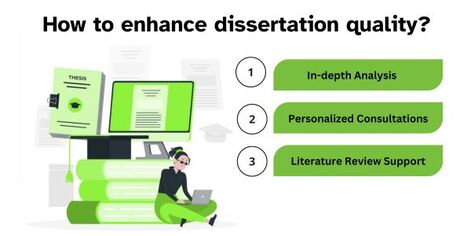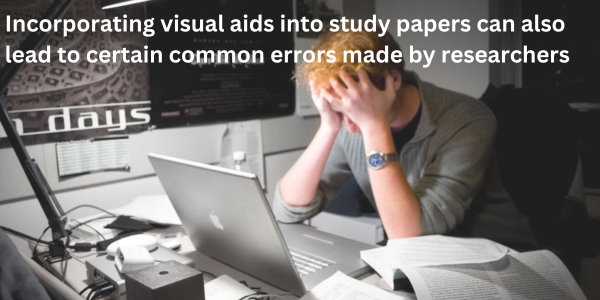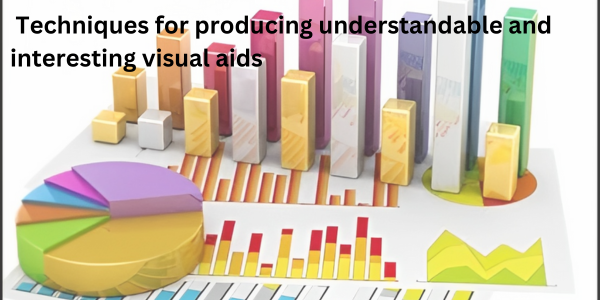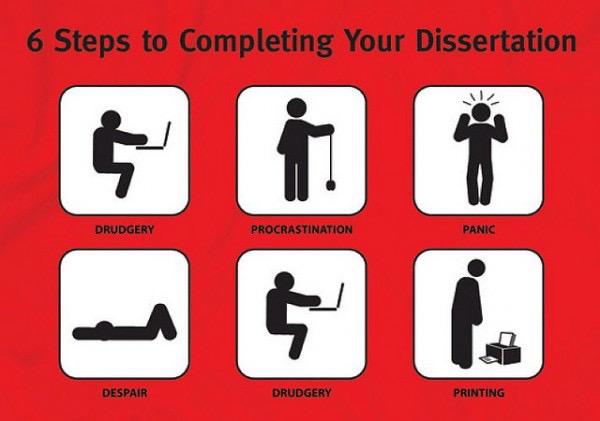
Research setbacks are a common and often challenging aspect of the journey for many PhD researchers. Despite meticulous planning and dedication, unforeseen challenges can arise, leading to delays and frustrations. However, with the help of a Resit dissertation writing service, researchers can effectively overcome these setbacks and regain their momentum. This blog explores the significance of such services in assisting PhD researchers in navigating obstacles and provides insights into how an example of Resit Dissertation Writing can be instrumental in achieving academic success.
Tailored solutions for PhD research setbacks?
Imagine you're a PhD researcher working diligently on your dissertation, and suddenly you hit a roadblock. Maybe you need help with data analysis, literature review, or organizing your thoughts effectively. It can be incredibly frustrating, but fear not, because Resit Dissertation is here to help!
To begin with, a service providing Resit Dissertation Writing like Dissertation Mumbai will assign you a dedicated expert or a team of experts who have extensive knowledge and experience in your field of study. These experts are well-versed in the research process and have likely encountered similar setbacks in the past. They are equipped to guide you through the challenges you're facing and help you overcome them effectively.
Lastly, dissertation Mumbai can provide feedback and editing support. Once you've made progress on your dissertation, they can review your work, identify areas for improvement, and suggest changes to enhance the quality of your research. This feedback is tailored to your specific research setbacks, ensuring that you address the challenges you faced and improve your overall work.
How to enhance dissertation quality?
When it comes to helping PhD researchers improve the quality and credibility of their dissertations after setbacks, a service providing resit dissertation writing employs various strategies tailored to their specific needs. Here are a few examples of those tactics:
- In-depth Analysis: First and foremost, the service conducts a thorough analysis of your dissertation, identifying the areas where setbacks occurred and understanding the underlying reasons. They carefully examine the content, structure, research methodology, and any feedback or comments you received previously.
- Personalized Consultations: To address the setbacks you faced, the service provides personalized consultations with experienced experts in your field of study. These experts take the time to understand your concerns, clarify any confusion, and provide targeted guidance to improve the quality and credibility of your work.
- Literature Review Support: A service providing resit dissertation writing can assist you in conducting a comprehensive literature review. They have access to a wide range of scholarly resources and can help you identify relevant studies, synthesize information, and ensure your literature review is comprehensive and well-structured.
Meeting supervisor's expectations
Ah, ensuring that the revised dissertations meet the expectations and requirements set by supervisors or examiners is a crucial aspect for a service providing resit dissertation writing. Let me walk you through the process and also explain how Dissertation Mumbai can assist you in this. A service providing resit dissertation writing employ several strategies to meet those expectations and requirements. Here's how they do it:
Understanding Guidelines: These services carefully review the guidelines provided by your supervisor or examiner. They pay close attention to formatting requirements, word limits, referencing styles, and any specific instructions related to the content or structure of your dissertation.
- Customization: A service providing resit dissertation writing focus on tailoring the revised dissertations to match the unique expectations of your supervisor or examiner. They analyze the feedback received on your initial work and work closely with you to understand the areas that need improvement. This enables them to make targeted revisions and adjustments accordingly.
- Collaborative Approach: These services adopt a collaborative approach, ensuring active communication between you, their experts, and your supervisor or examiner. They encourage you to share any specific concerns or requests from your supervisor, allowing them to address those requirements effectively during the revision process.
Now, speaking of how Dissertation Mumbai can help you in this process, they are a reliable resit dissertation writing service that specializes in providing tailored solutions to meet your specific research setbacks. With their expertise and experience, Dissertation Mumbai can assist you in revising your dissertation to meet the expectations and requirements set by your supervisor or examiner. They offer personalized consultations, feedback, editing, and formatting services to ensure that your revised dissertation aligns perfectly with the desired standards. Their collaborative approach and attention to detail make them a valuable resource in helping you achieve success in your academic journey.
Support for addressing feedback
When you receive feedback and criticism on your dissertation during the resubmission process, it can feel overwhelming. That's where a service providing resit dissertation writing comes in. They have the expertise and experience to guide you through this challenging phase. Here's how they can assist you:
- Understanding Feedback: A service providing resit dissertation writing carefully analyzes the feedback and criticism you received from your supervisor or examiners. They help you interpret and understand the specific areas that need improvement and address any concerns or queries you may have regarding the feedback.
- Clarifying Expectations: These services work closely with you to clarify the expectations set by your supervisor or examiners. They ensure that you have a clear understanding of the required revisions and modifications, helping you align your work with the desired standards.
- Targeted Revisions: A service providing resit dissertation writing provides guidance on making targeted revisions to address the feedback and criticism effectively. Their experts offer valuable insights and suggestions on how to strengthen your arguments, improve the structure, enhance the analysis, or address any other specific issues raised in the feedback.
Enhancing research competence and writing
A service providing resit dissertation writing offer a range of additional support and resources to enhance the research competence and academic writing skills of PhD researchers. They understand the importance of developing these skills to produce a high-quality dissertation. These are some ways in which they can help you:
- Writing Workshops and Webinars: These services often conduct writing workshops and webinars that focus on various aspects of academic writing. They cover topics such as structuring your dissertation, improving clarity and coherence, developing persuasive arguments, and using proper referencing techniques. These sessions provide valuable insights and practical tips to enhance your writing skills.
- Writing Guides and Templates: A service providing resit dissertation writing may provide comprehensive writing guides and templates specific to your discipline or dissertation format. These resources can serve as valuable references, helping you understand the expectations and requirements of academic writing. They offer guidance on organizing your thoughts, presenting data, and crafting well-structured chapters.
- Feedback and Editing: As part of their services, a service providing resit dissertation writing offer detailed feedback and editing support. Their experts review your work, providing constructive criticism and suggestions for improvement. This feedback not only helps in revising your a dissertation but also enhances your understanding of effective academic writing principles.
Importance of Resit Dissertation Writing
The importance of resit dissertation writing lies in its ability to facilitate academic growth and development. It allows researchers to reflect on the feedback and criticism received from their supervisors or examiners, thereby gaining insights into areas that require improvement. By carefully analyzing and understanding the feedback, researchers can make necessary revisions and amendments to enhance the overall quality and credibility of their research work.
With Dissertation Mumbai by your side, you can confidently navigate the resit dissertation process. Our commitment to your success is unwavering, and we strive to provide you with the necessary tools and support to overcome setbacks and achieve academic excellence.
In conclusion, the importance of Resit Dissertation Writing Services cannot be overstated when it comes to overcoming research setbacks faced by PhD researchers. These services offer tailored solutions to address specific challenges, providing personalized consultations, literature review support, data analysis assistance, and feedback/editing services. They help PhD researchers improve the quality and credibility of their dissertations after setbacks, ensuring they meet the expectations and requirements set by supervisors or examiners. A service providing resit dissertation writing also play a vital role in enhancing research competence and academic writing skills through writing workshops, one-on-one consultations, and additional resources such as writing guides and templates.
An example of Resit Dissertation Writing can be seen in a PhD researcher who faced challenges in data analysis and addressing feedback. With the help of a service providing resit dissertation writing, they received expert guidance on statistical techniques, ensuring accurate analysis and interpretation of results. Therefore, for PhD researchers seeking to overcome setbacks, improve their dissertations, and enhance their research competence, engaging the assistance of a service providing resit dissertation writing proves invaluable.







 RSS Feed
RSS Feed